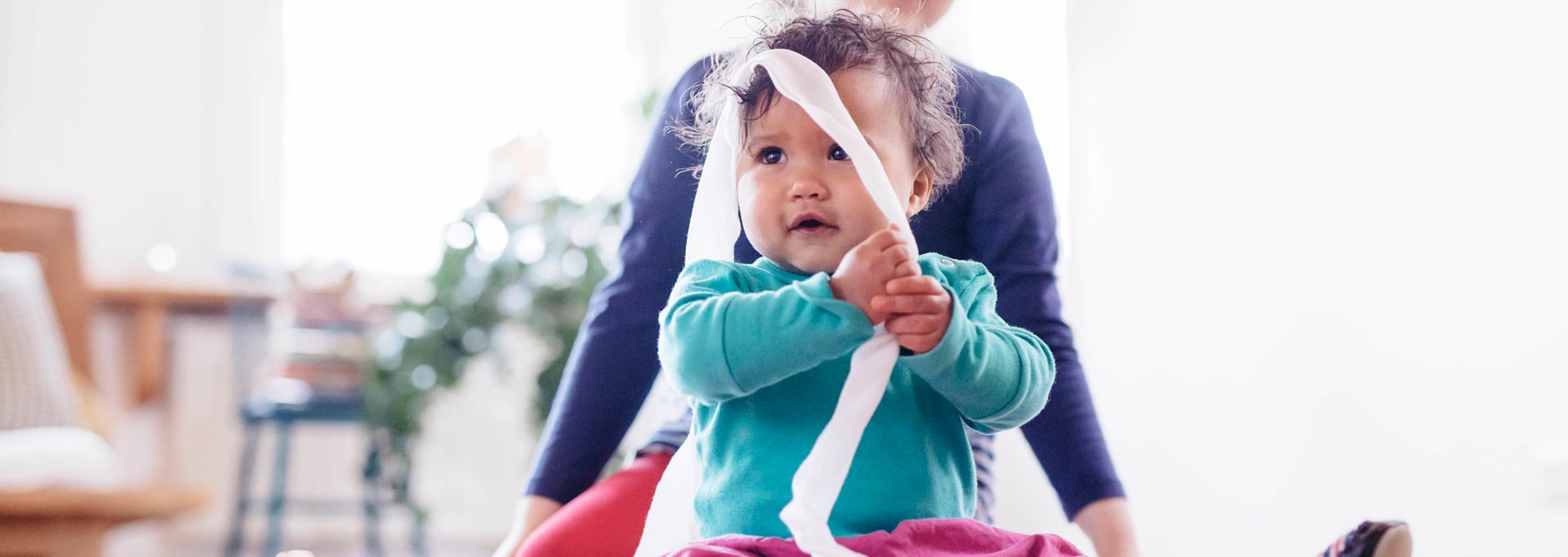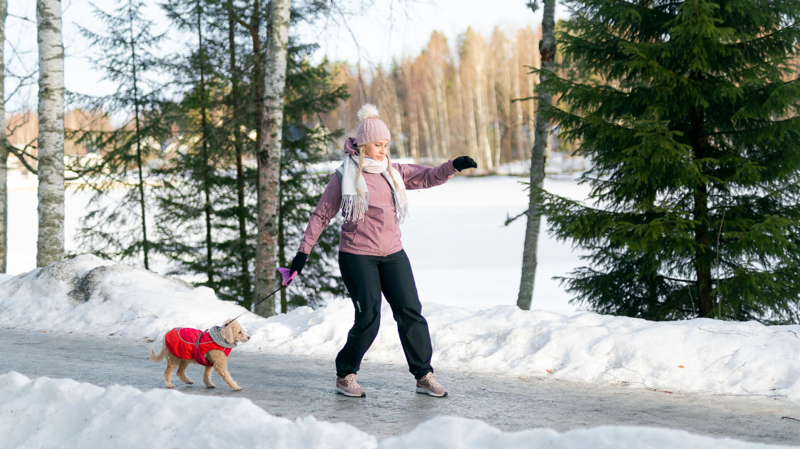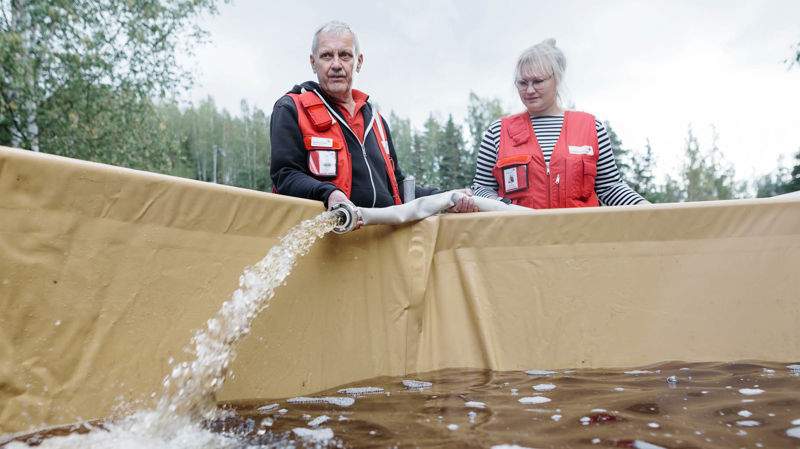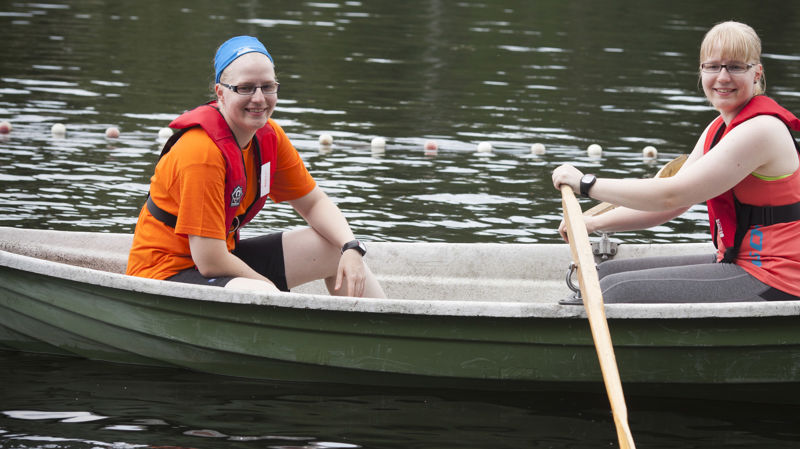
Tips to a safe everyday life
Anyone can improve everyday safety by preventing accidents and learning aiding skills. You can also check how safe your own home is with the help of our tips. Make sure that these things are okay at home.
More tips regarding things such as cottage stays, families with children or slippery winter conditions are available at the bottom of the page.
For more information about home safety, visit the website of the accident prevention project coordinated by the Finnish Red Cross: kotitapaturma.fi/en.
The Finnish Red Cross coordinates the Accident Prevention Network in Finland.
Make sure that these things are okay at home?
First aid equipment must be found easily and quickly. It is important that all members of the family know where the first aid equipment is located. You must also have a first aid kit in your car.
You can act faster in an emergency when you are familiar with the contents of the first aid kit. Practice using the equipment, and also go through the contents of the first aid kit with your children.
After you have used the first aid kit, remember to refill the contents for the next time.
At home, keep paths clear and unobstructed. You often only have a couple of minutes to rescue yourself, so paths must be easily accessible and you should not block your hallway with extra items, for example.
In terms of rescuing, the thresholds of the apartment should also be low. Rescue routes must be kept clear.
You can prevent falling over at home by ensuring sufficient lighting both indoors and outdoors. You can use anti-slip mats placed under rugs and treat floors with an anti-slip substance.
Keep paths unobstructed. Collect toys and other items away from the floor, so that they do not cause a tripping hazard. Also, keep electrical cords away from paths.
The risk of falling from a height is minimised by using sturdy kitchen steps with handles.
In slippery winter conditions, the risk of slipping can be significantly reduced by focusing on walking, anticipating risks and equipping yourself correctly.
You can improve the fire safety of your home with small measures. You can prevent fires by acting safely with electrical appliances, candles and fireplaces.
Keep the area around the cooker free of anything flammable: paper, cardboard boxes, potholders, etc. Do not leave the cooker on unattended.
Do not leave clothing above the sauna oven. Only charge your phone on a hard surface and remove the charger from the socket when not charging.
Every apartment must have a smoke alarm. The smoke alarm is placed between bedrooms and other spaces. You must have one smoke alarm per every 60 square metres in your home.
First-aid fire fighting equipment include fire blankets and portable fire extinguishers. They need to be in good condition and easily available. It is best to practice using the equipment in advance. Instructions on its use are shown on the side of the portable fire extinguisher.
A fire blanket is used to put out small fires at home. How to use a fire blanket:
- Pull the fire blanket out of its package from the straps.
- Take hold of the straps or corners of the blanket. Protect your hands under the blanket.
- Push your hands straight forward. Approach the fire protected by the blanket. If you are outdoors, approach the fire from the direction of the wind.
- Spread the blanket carefully and tightly above or around the fire. Hold the blanket tightly in place, until the fire dies down.
Keep away from children:
- medication and vitamins
- chemicals and detergents
- matches and lighters
- alcohol and other drugs
- tobacco, snuff and nicotine replacement products.
Keep detergents, cleaning solutions and other chemicals in their original packaging.
Ensure that you only have non-toxic plants inside the house.



